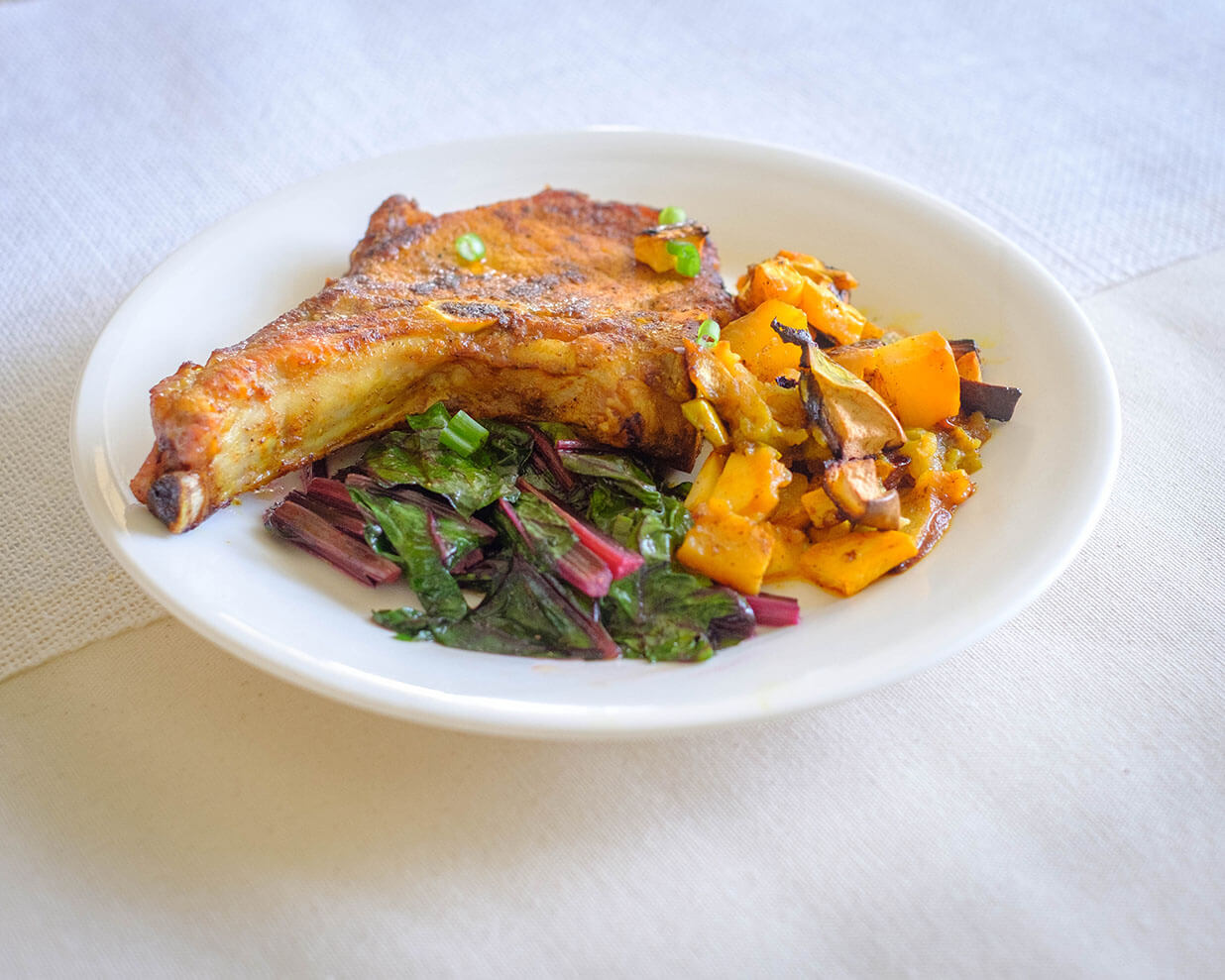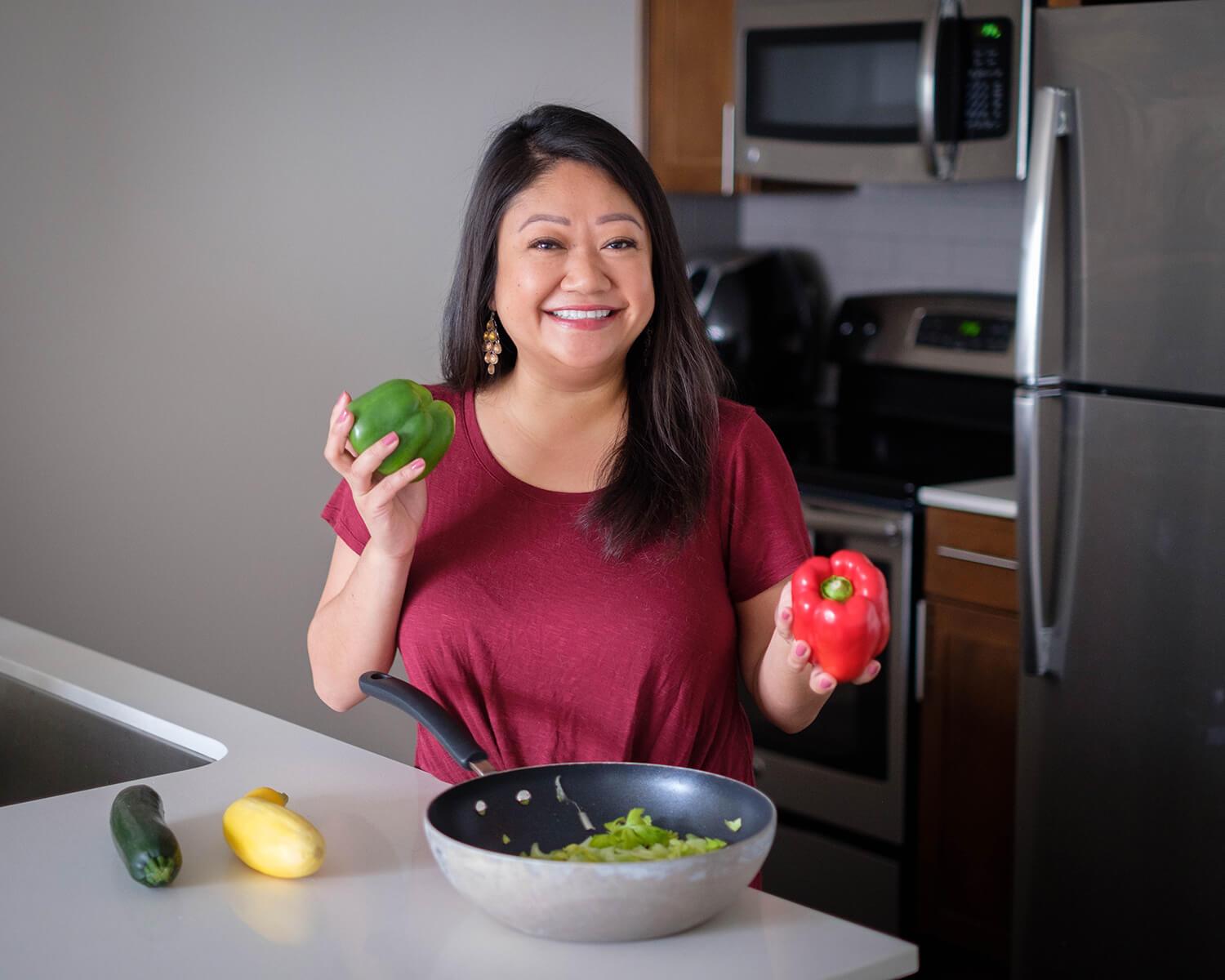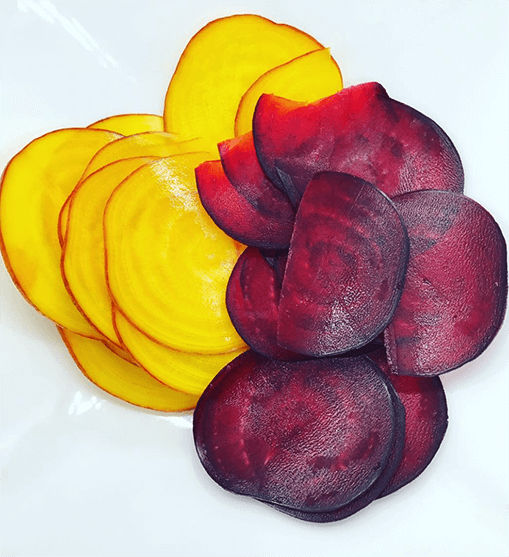
Beets are common root vegetables and are recognizable for their deep dark red color. From juice to hummus and even dessert, they are showing up everywhere, adding color, antioxidants, and flavor. They are often in salads, but the entire plant is edible and can be boiled, baked, and even steamed. Beets belong to the chenopod family which includes chard, spinach, and quinoa. Red and yellow pigments are due to phytonutrients called betalains. They often star in many popular smoothies and juices today, but these colorful root vegetables have been long eaten for their powerful nutrient compounds.
Health Benefits of Beets
Beets can promote optimal health as part of a well balanced diet. Beets are low-calorie and dense with nutrients, including potassium, betaine, magnesium, folate, and Vitamin C, and a good dose of nitrates.
Here are some health benefits:
- Beets contain betalain pigments which possess anti-inflammatory properties that can help defend the body against foreign invaders and repair damage tissue.
- Beets contain nitrates which may help with lowering blood pressure. This is due to the nitrates converting to nitric oxide which helps dilate blood vessels.
- Some studies suggest that dietary nitrates can enhance athletic performance. Drinking beetroot juice a few hours before training may maximize their potential effect on improving oxygen use.
- Beets can help improve liver function by improving enzymatic activity and stimulating bile flow. Beets can help break down toxic waste and help excrete them.
- Beets are also high in water, have a low-calorie content, and a good source of fiber which can help you keep full and help you achieve and maintain a healthy weight.
Nutrition Information in 1 serving-½ cup has 35 calories, 8 g of carbs, 1g of fiber, 1g of protein, and 0g of fat.
Best Uses of Beets
You can use beets in salads and soups. Many have turned the root into a popular detoxification beet juice. Beets can also be roasted or sauteed and served with citrus juices and olive oil.
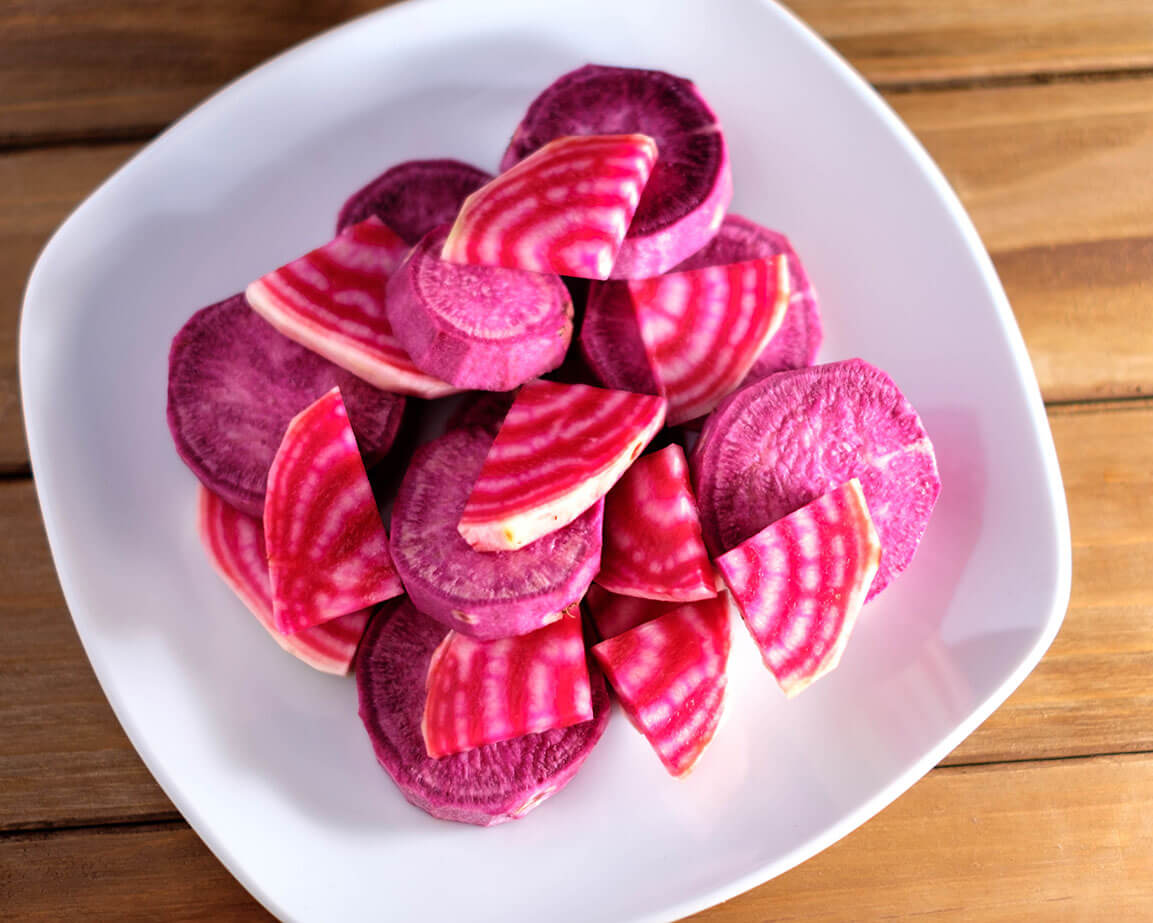
Diet Friendliness Chart
| Diet Friendliness | Yes | No |
| Keto | x | |
| Diabetic | x | |
| Gluten Free | x | |
| Dairy Free | x | |
| Low Calorie | x | |
| Alkaline | x | |
| Vegan | x | |
| Vegetarian | x | |
| AIP | x | |
| Allergy Friendly | x | |
| Low Carb | x | |
| Paleo | x |
Cook Time: Boiling and steaming whole beets take about 30 minutes. Cutting and roasting beets takes about 25 to 30 minutes.
History of Beets
Beets are native to the Mediterranean region, and while the root is most commonly eaten nowadays, the leaves have been eaten for a long time. French chefs in the 1800s recognized its potential and gave it it’s popularity.
FAQ – About Beets
What do beets taste like?
Beets have an earthy flavor with some sweetness. The sweetness comes from their sugar content. Raw beets have a crunchy texture that will turn soft and buttery when cooked. The leaves of the beets are also edible and have a similar flavor to chard.
Why is my urine pinkish red after eating beets?
This condition is called “beeturia” which is typically not harmful. However, people with iron deficiency or known problems of metabolism are more likely to experience beeturia. Therefore, it is always recommended to consult with your healthcare provider for care.
Do beets detox the body?
Beets are a good source of antioxidants and nutrients that can help you stay healthy when eaten in moderation along with a balanced diet, however, there is not enough evidence to show that it can detox your body on its own.
Recipe Ideas for Beets
Make a beet salad with arugula, berries, and sliced almonds. Serve them with a citrus vinaigrette.
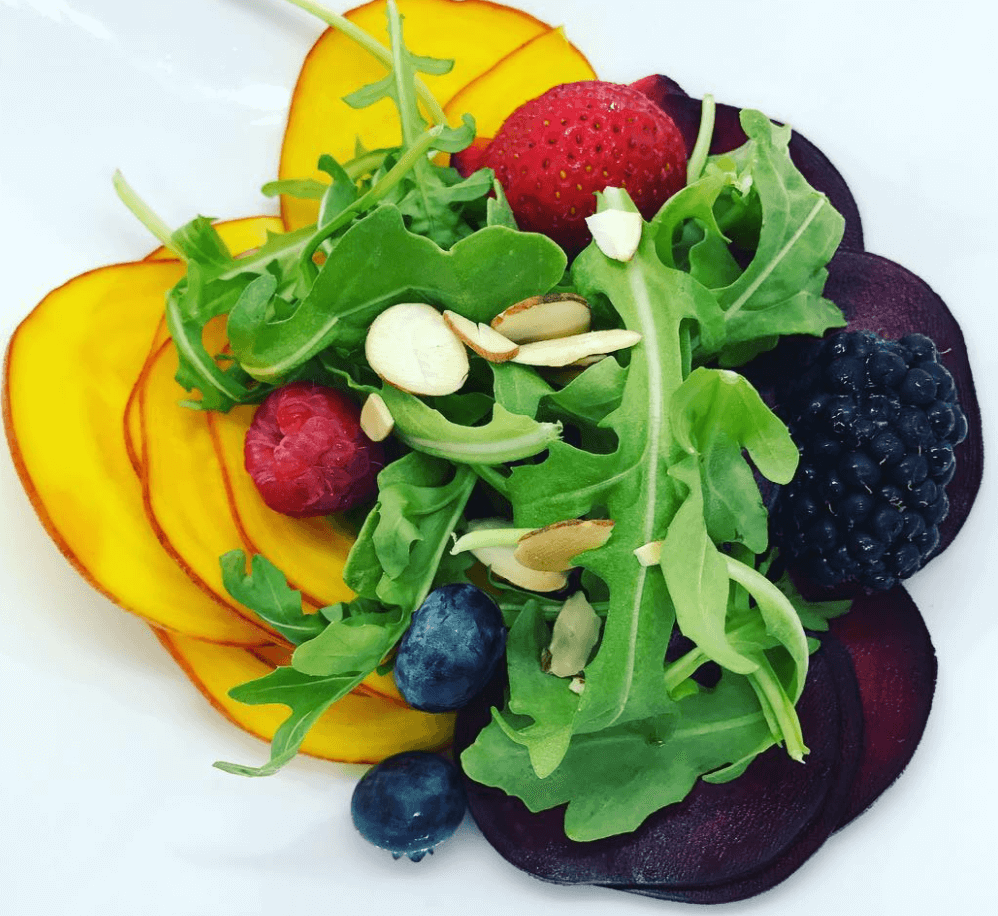
Add them to quinoa to add a vibrant color.
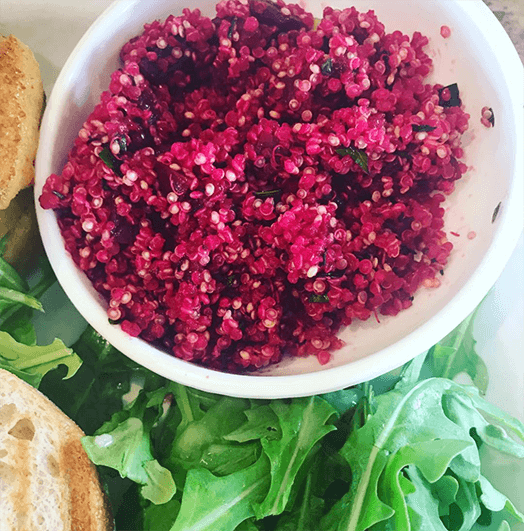
Roast them in the oven and use them as a salad topper.
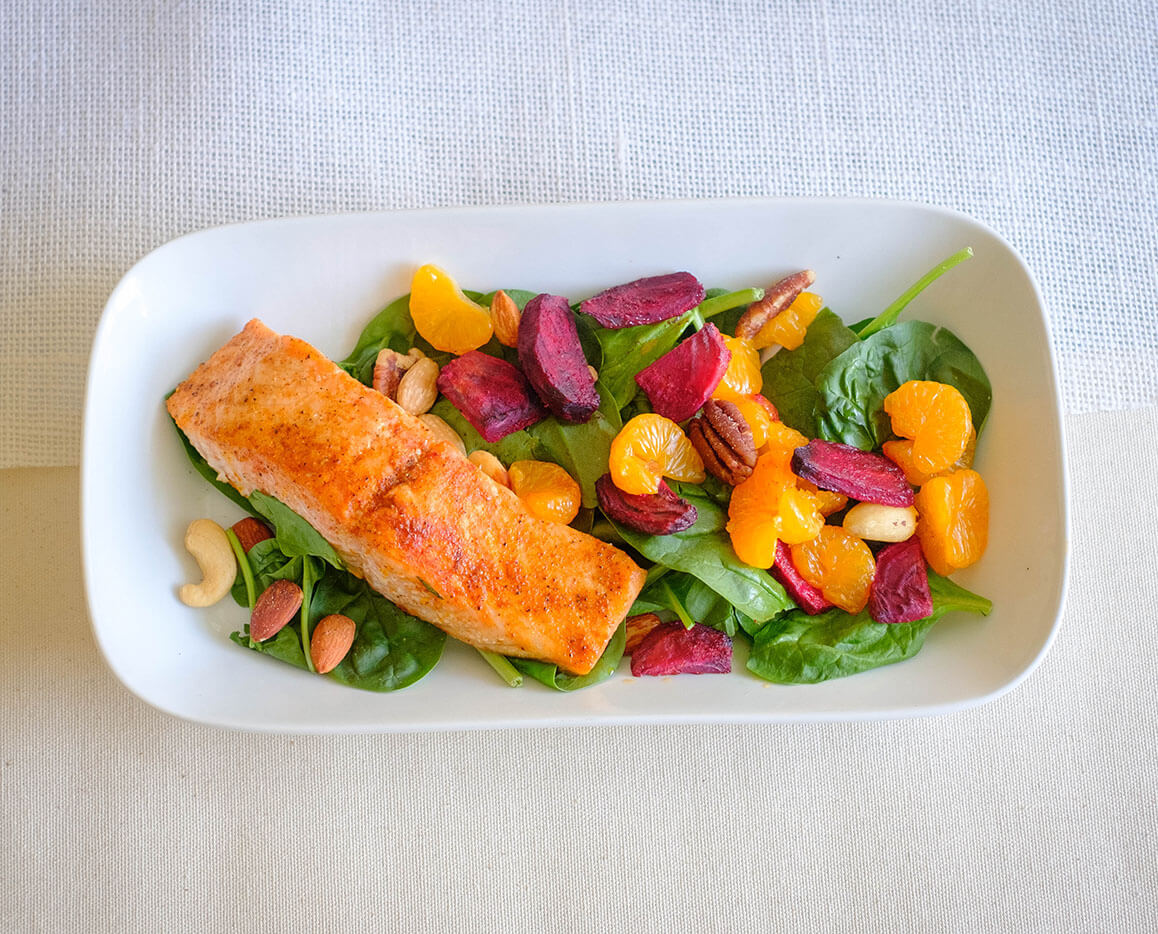
Slice them thin and make beet salad with fruit and nuts.
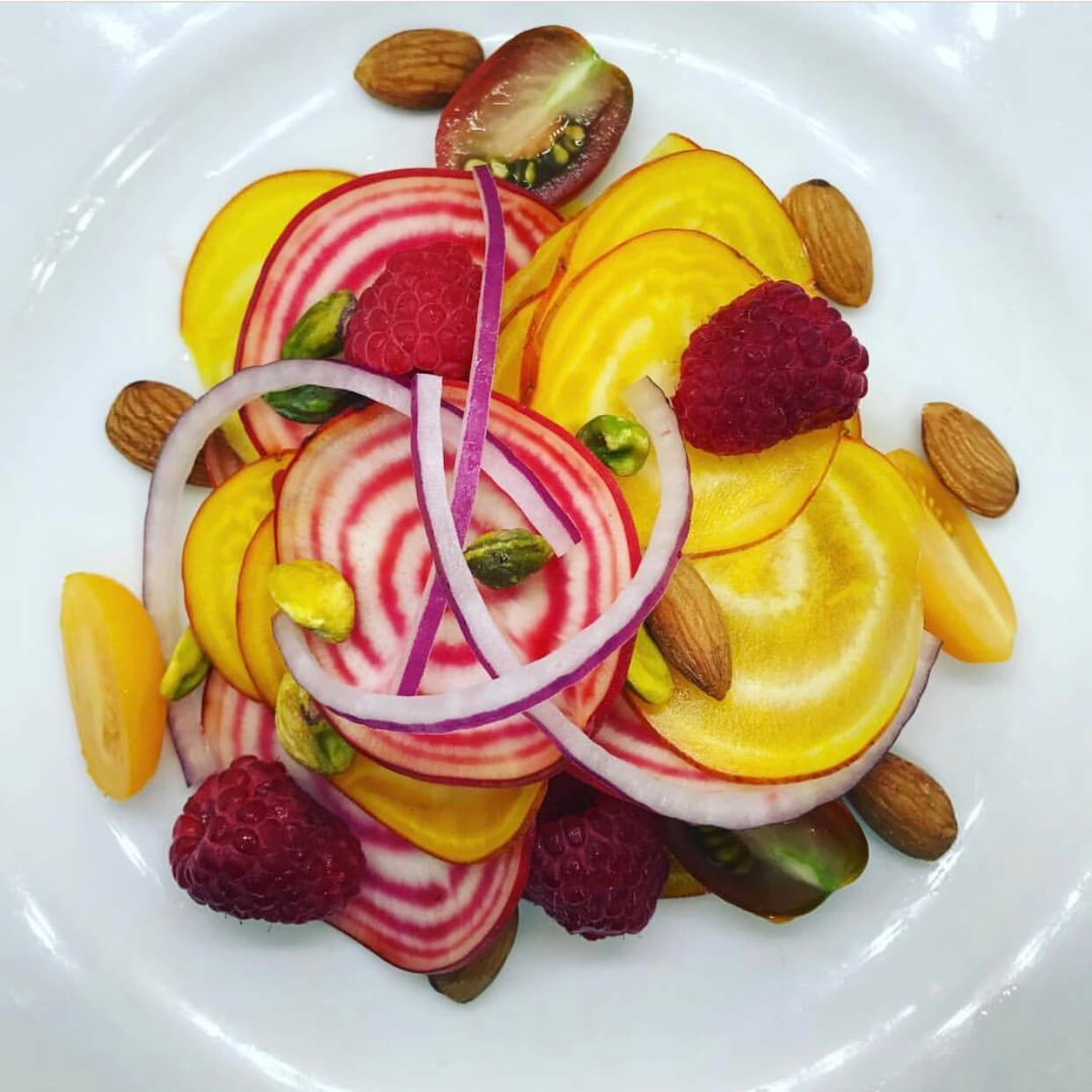
Chop the leaves and saute the beet leaves as a side dish.
